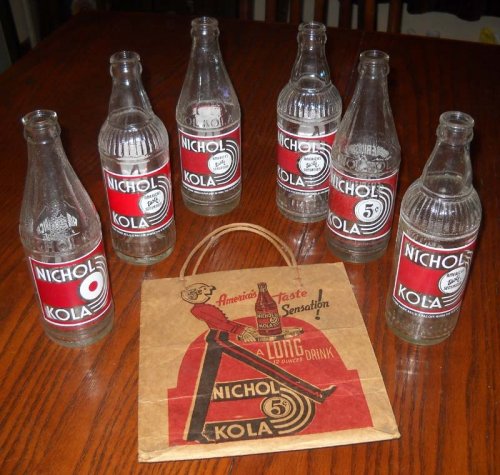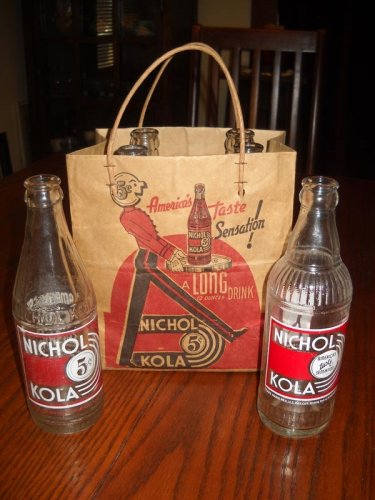Finally picked up a carrier and six more bottles....
If anyone out there has any more NK carriers or bottles they'd like to sell drop me a line please. Also this next Sunday is the bottle show in St. Louis so anyone bringing NK stuff
I'll be hitting each table looking... So heads ups you will have a buyer. Looking for near mint bottles, carriers, caps, openers, etc.

If anyone out there has any more NK carriers or bottles they'd like to sell drop me a line please. Also this next Sunday is the bottle show in St. Louis so anyone bringing NK stuff
I'll be hitting each table looking... So heads ups you will have a buyer. Looking for near mint bottles, carriers, caps, openers, etc.




